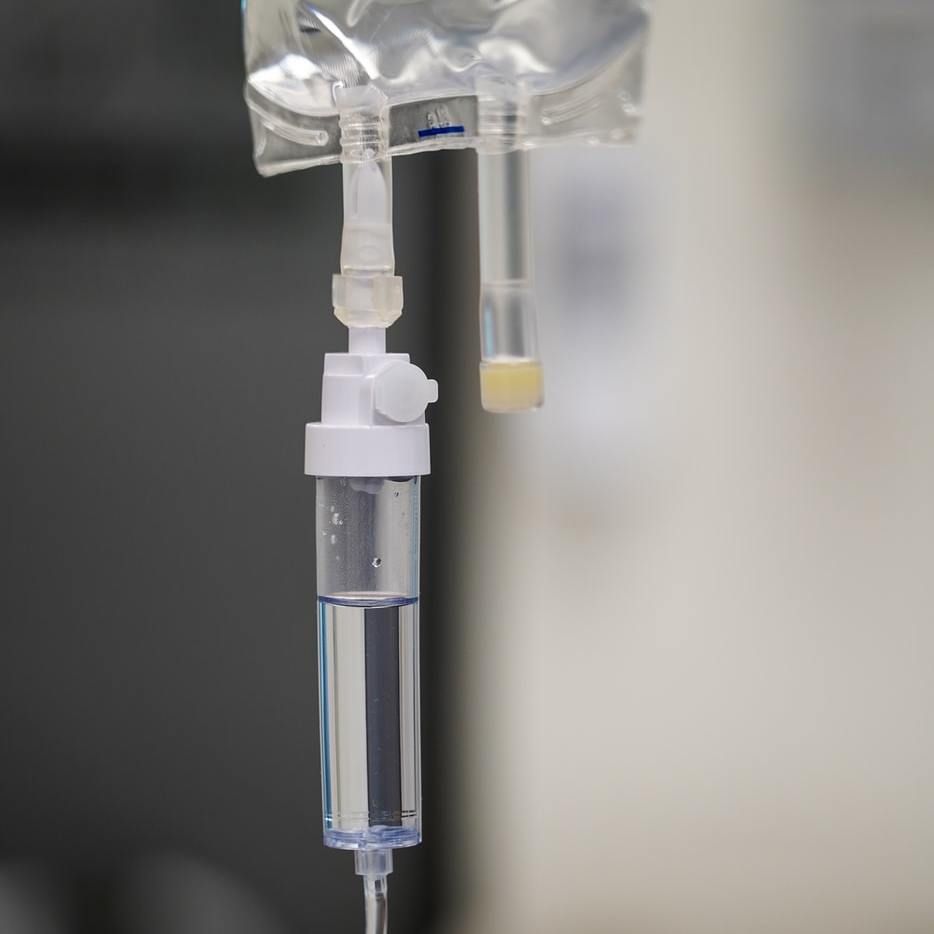Article
Study Explores Outcomes of Heart Failure-Related Anemia, Iron Deficiency
Author(s):
Resolution of iron deficiency was associated with lower mortality; however, mortality risk was similar following resolution of anemia.

Patients with chronic heart failure have demonstrated high prevalence of iron deficiency and anemia; however, both conditions can likely result in resoluton, noted a new study.
“Anaemia is common in patients with chronic heart failure and is often associated with iron deficiency (ID),” wrote the study investigators, led by the Fraser Graham, of the University of Glasgow. “ Both are thought to contribute to worsening symptoms and reduced exercise capacity, and both are associated with an unfavourable prognosis.”
They further noted that intravenous iron given to deficient patients with chronic heart failure has been associated with improved symptoms, quality of life, and exercise quality.
However, they acknowledged “most research has focused on prevalent anaemia and ID rather than their incidence or resolution. Additionally, disagreement exists on how iron deficiency should be defined in heart failure.”
As such, the team sought to assess the natural course of anemia and iron deficiency among a chronic heart failure population.
The Study
Graham and team evaluated a total of 906 patients with a median age of 73 years.
The team defined anemia according to the World Health Organization (WHO) criteria, as hemoglobin <12.0 g/dL in women and <13.0 g/dL in men. They defined iron deficiency as serum iron ≤13 μmol/L — although they acknowledged there to be no universal definition.
They divided patients according to either the presence or absence of anemia or iron deficiency. They further grouped patients with anemia or iron deficiency according to whether they went on to develop iron deficiency or anemia, respectively.
Graham’s team then indicated whether either condition resolved for these patients. The groupings were also performed for other definitions of iron deficiency.
The Results
Overall, the proportion of patients with anemia and iron deficiency changed little over the course of 1 year. Nevertheless, the investigators highlighted the nuances of these changes. In fact, 47% of patients changed their classification.
“Only 270 patients (30%) had neither anaemia nor iron deficiency,” they wrote. “At either baseline or one year, 546 (60%) had ID and 376 (42%) had anaemia. Of individuals with a serum iron >13 μmol/L who were not anaemic at baseline (n = 425), 22% developed ID alone, 8% ID and anaemia, and 7% anaemia only.”
Further, 30% had new-onset iron deficiency at 1 year and 16% had new-onset anemia. Iron deficiency and anemia resolved in as many as 44% and 23% of pateints, respectively.
According to multivariable models, mortality was higher among patients with persistent (hazard ratio [HR]. 1.81; 1.23-2.67) or incident (HR, 1.40; 0.91-2.14; P = .02) iron deficiency—compared with those who had iron > 13 μmol/L).
Compared with those who had persistent iron deficiency, those who experienced resolution had generally lower mortality (HR, 0.61; 95% CI, 0.44-0.86; P = .004).
On the contrary, anemia was associated with poor outcomes regardless of resolution status—after all, patients with anemia are more likely to have iron deficiency as well as underlying risks (although the investigators had not explored these connections).
In terms of limitations, Graham and colleagues noted that there was no available data on blood loss or blood transfusion. Furthermore, they did not define resolution of anemia or iron deficiency according to set minimum changes (i.e. in hemoglobin). However, they noted, an established criteria might be difficult to implement in clinical practice.
“Most patients with heart failure have or will develop ID and a substantial proportion of these will also have anaemia,” the investigators concluded. “Patients with persistent ID have a worse outcome compared to those in whom it resolves but resolution of anaemia is not associated with a lower mortality compared to those in whom it persists.”
The study, “Natural history and prognostic significance of iron deficiency and anaemia in ambulatory patients with chronic heart failure,” was publishd online in European Heart Journal.
2 Commerce Drive
Cranbury, NJ 08512
All rights reserved.



